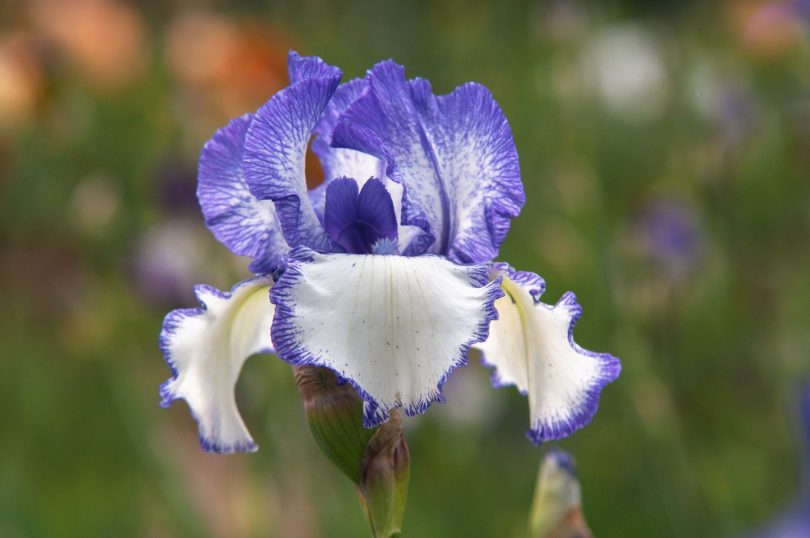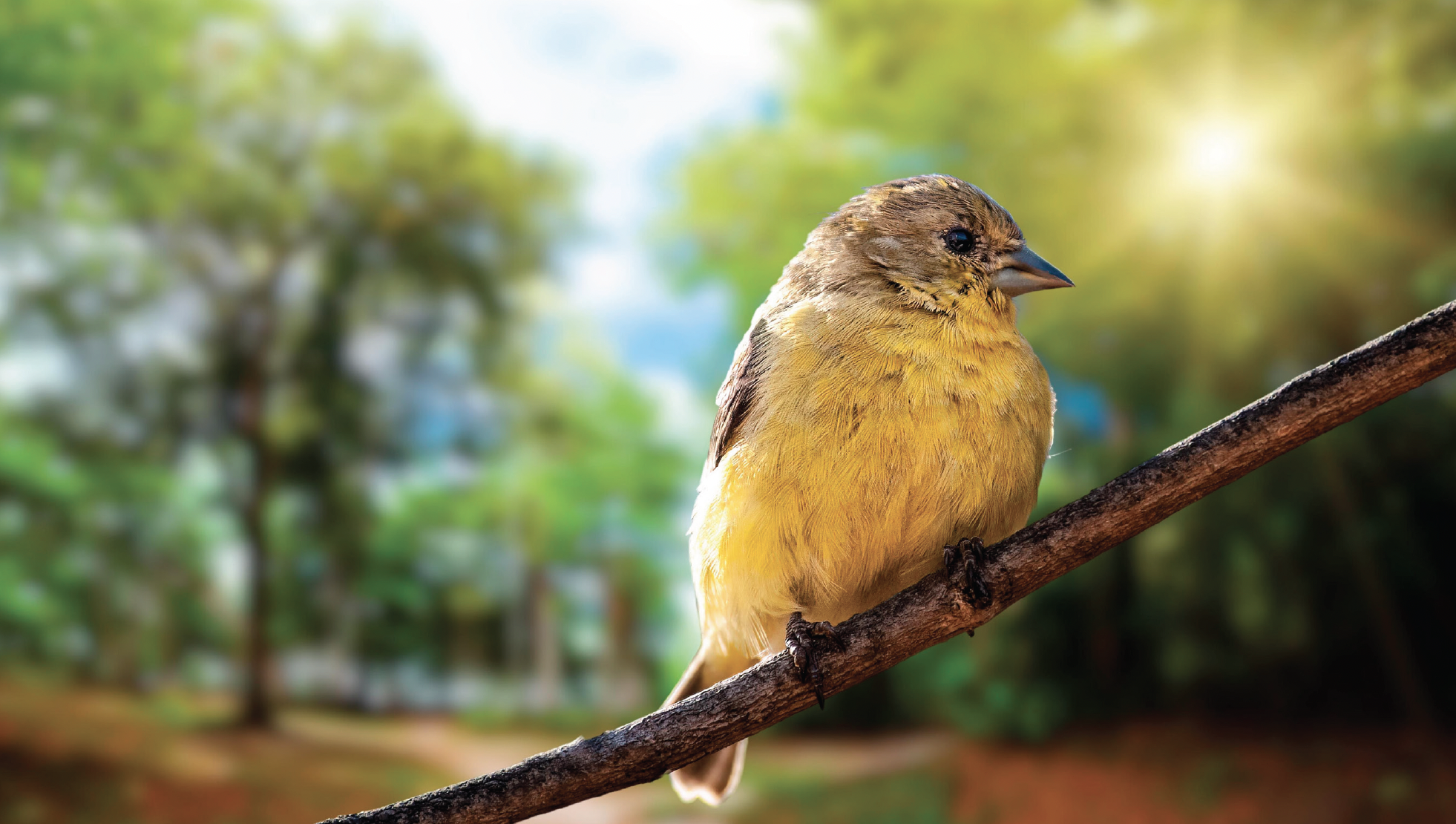I have been hesitant to write about the Bearded Iris (Iris). Years ago, I went to a symposium that featured a lady from the Iris Society who knew everything there was to know about Irises. She had hosted the National Iris Plant Society convention at her home in Atlanta where she proudly displayed her beautiful flowers. She had each plant tagged, labeled and had a backup diagram listing again each variety with its Latin name just in case a label got mixed up. After listening for three hours, I knew that I was a total novice to the Iris community, but my lack of knowledge did not stop me from successfully growing this hardy regal plant.
This is the Tennessee State flower, and I have grown irises since my arrival to the Volunteer state. All irises bear flowers with six petals, of which three point up or out (called standards) and three point down (called falls). All Bearded Irises have fuzzy beards at the top of each fall. Tall Bearded Irises have 4- to 8-inch-wide blooms atop plants that are about two feet tall. These are the most popular and most colorful irises and are a common sight each spring.
There are more than 300 cultivars from which to choose and more are being introduced each year. Flowers come in colors from white (one of my favorites), pale yellow, peach, pink, raspberry, bronze-red, lilac, purple, violet-blue, brown and red-black. I have one named “hello darkness,” that has a purple-black flower with a purple beard; it is rich and velvety.
Bearded Irises like full sun and average to rich soil, which is well drained. They have thick fleshy rhizomes and are drought tolerant once established. Bearded Irises need dividing after three to four years, so don’t go out and buy plants if you have any friends or relatives that are growing irises. They will be glad to share with you. Divide them any time after they finish blooming until August. Irises go dormant during the hot dry summer.
Lift the entire clump from the ground, then break or cut apart the rhizomes. You should discard old rhizomes from the center sections. Make sure each piece is equipped with roots and leaf blades. This is my favorite part: plant them shallow with the top edge of the rhizome protruding out of the ground and the fan of leaves trimmed to about four inches. Replanting is so easy. If you have several different cultivars, you can write the selection name or color on the leaf blade with a felt-tip pen.
A problem that you have to watch for is iris borers. They make small pinholes in the rhizome. Borers enter the foliage and then work their way in and out of the rhizome. Watch for leaves turning yellow, dripping sap and dying plants. Leaves of infected plants look ragged near the base where the caterpillar first begins chewing. In late summer, clean up any brown foliage. In the spring spray the lower half of the plants with an approved insecticide to kill the emerging larvae.
I have given irises to most of my friends, and I still need to divide. After having this plant for 40 years and dividing every five (I always wait too long). I have given away, thrown away, replanted and even shared them with the goats. This is definitely a plant that thrives with little care.









